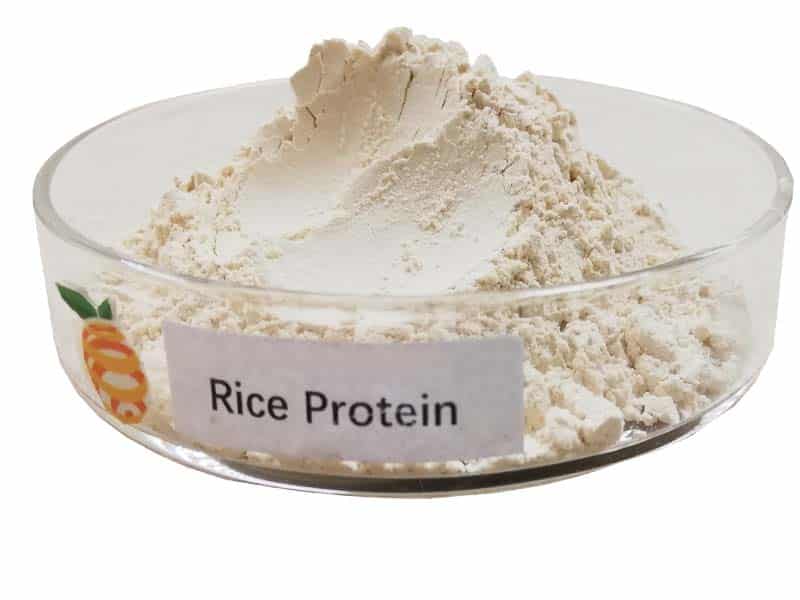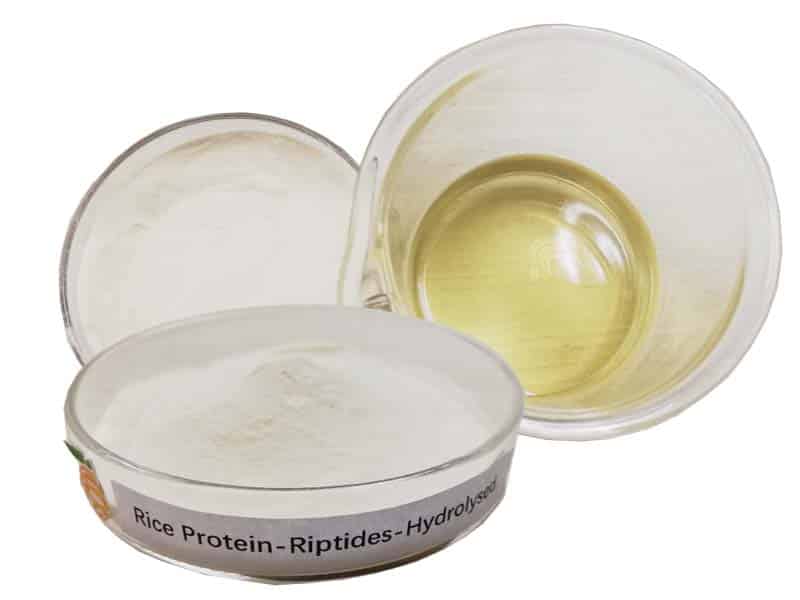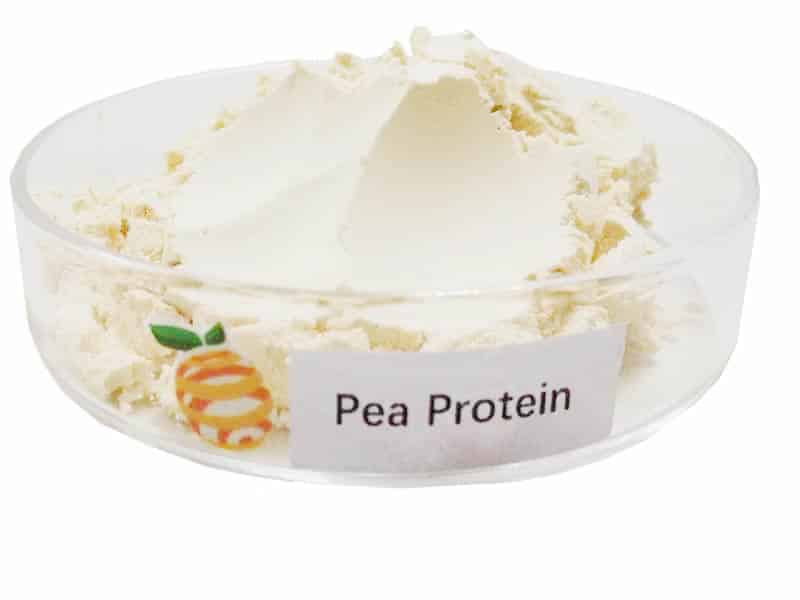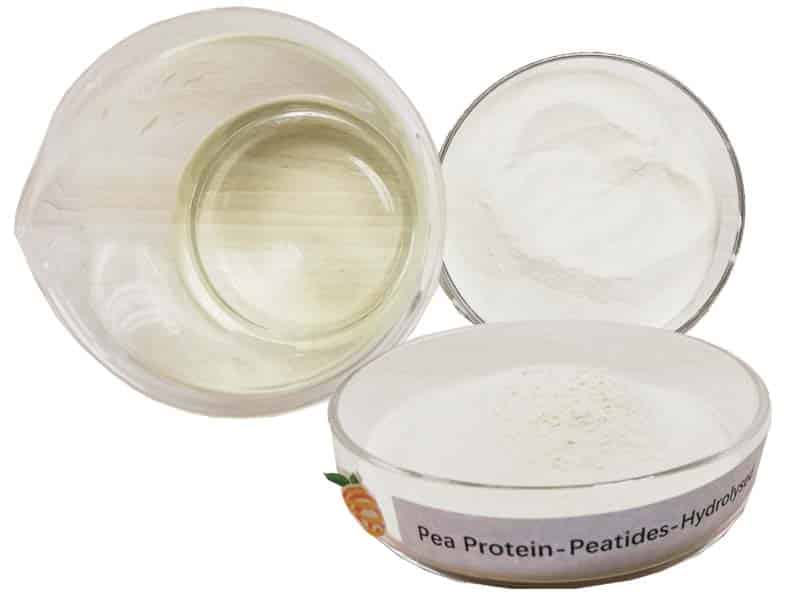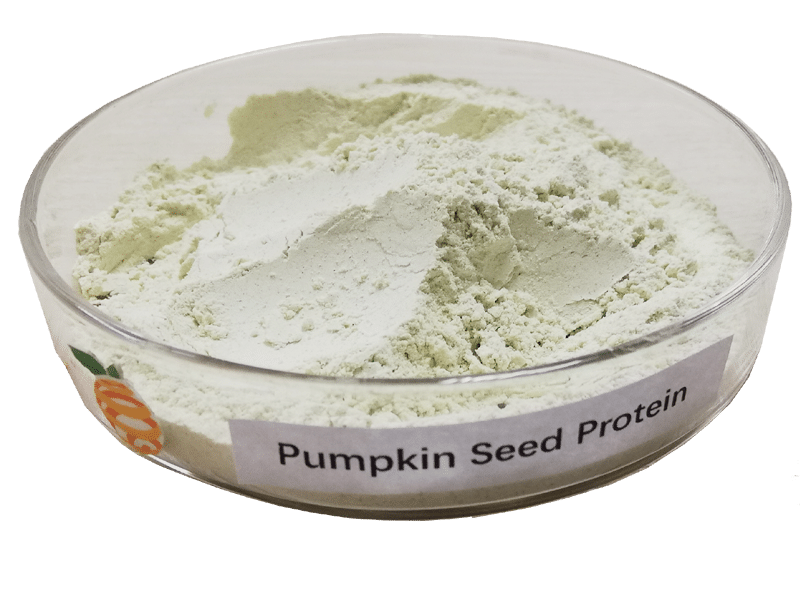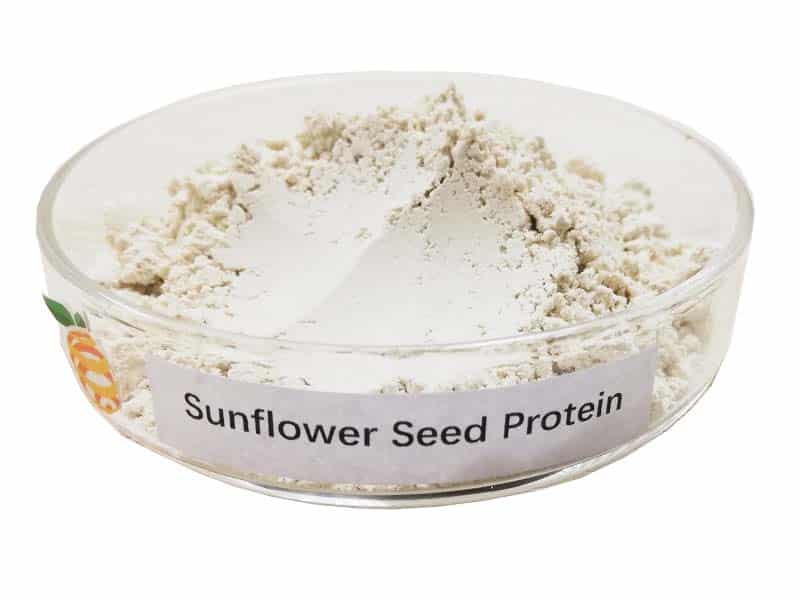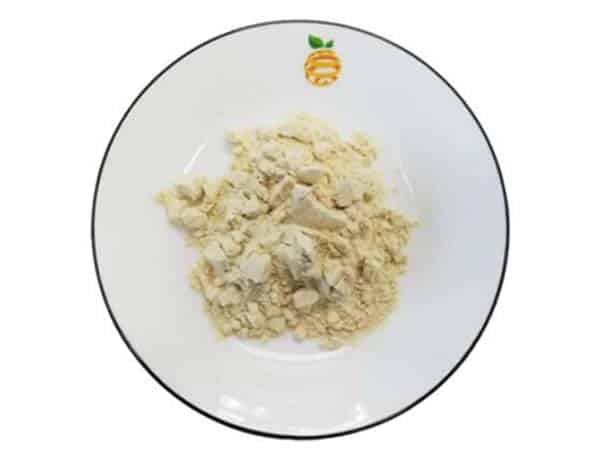What Triggers α-Lipoic Acid Polymerization?
-
Table of Contents
What Triggers α-Lipoic Acid Polymerization?
Understanding What Triggers α-Lipoic Acid Polymerization
α-Lipoic acid (ALA), a naturally occurring compound that plays a pivotal role in mitochondrial bioenergetic processes, has garnered attention not only for its critical biological functions but also for its therapeutic potential in various oxidative stress-related diseases. However, the stability of ALA can be compromised through a process known as polymerization. Understanding the triggers of α-lipoic acid polymerization is crucial for enhancing its therapeutic efficacy and stability in pharmaceutical formulations.
Chemical Structure and Properties of α-Lipoic Acid
α-Lipoic acid is a fatty acid found naturally in every cell within the body. It is soluble in both water and lipid-based tissues and is well recognized for its role as a coenzyme in aerobic metabolism. Structurally, ALA is characterized by its cyclic disulfide bond, which is essential for its antioxidant activity, allowing it to scavenge harmful free radicals in both aqueous and lipid environments.
Key Factors Influencing ALA Polymerization
Polymerization of α-lipoic acid refers to the process where individual ALA molecules bond together, forming larger molecular structures. This can affect its bioavailability and pharmacological properties. Several factors can trigger this polymerization:
- Temperature: High temperatures can promote the polymerization of ALA. Heat provides the energy necessary for ALA molecules to overcome activation barriers, leading to bond formation.
- pH Levels: The acidity or alkalinity of the environment can significantly impact the rate of ALA polymerization. Extreme pH values facilitate the opening of the disulfide bond in the ALA molecule, which is a precursor to polymerization.
- Oxidative Conditions: Oxidative stress or the presence of oxidizing agents can induce the oxidation of the thiol groups in ALA, leading to the formation of disulfide bonds between molecules.
- Concentration of ALA: Higher concentrations of ALA can increase the likelihood of intermolecular interactions, thus enhancing the rate of polymerization.
- Presence of Metal Ions: Certain metal ions, such as iron and copper, can catalyze the polymerization process by facilitating the oxidation of thiol groups.
Impact of Polymerization on ALA’s Efficacy
Polymerization of α-lipoic acid can significantly alter its biological and pharmacological properties. Polymers of ALA are generally less effective in penetrating cellular membranes due to their increased molecular weight and altered structural properties. This reduction in membrane permeability can lead to decreased bioavailability and, consequently, reduced therapeutic efficacy.
Strategies to Prevent ALA Polymerization
To maintain the stability and therapeutic potential of α-lipoic acid, several strategies can be employed to prevent its polymerization:
- Optimal Storage Conditions: Storing ALA in cool, dark places and at a neutral pH can help minimize the risk of polymerization.
- Use of Antioxidants: Incorporating antioxidants into ALA formulations can reduce oxidative stress and prevent the oxidation of thiol groups.
- Chelating Agents: Adding chelating agents that bind to metal ions can inhibit the catalytic role of metals in ALA polymerization.
- Formulation Adjustments: Modifying the concentration and formulation of ALA can help reduce intermolecular interactions that lead to polymerization.
Conclusion
Understanding the triggers of α-lipoic acid polymerization is essential for optimizing its use in therapeutic applications. By controlling environmental factors such as temperature, pH, and oxidative conditions, and through strategic formulation techniques, the stability and efficacy of ALA can be significantly enhanced. This not only improves its therapeutic outcomes but also extends its shelf life, making it more effective for longer periods.
Explore ETprotein’s High-Quality Protein Products
If you are looking for premium protein products that complement your health and dietary needs, consider exploring ETprotein’s extensive range of organic and allergen-free protein supplements. From organic rice protein to unique options like watermelon seed protein, ETprotein offers high-quality solutions tailored to support your nutrition goals.
ETprotein is α-lipoic acid Factory Manufacturer and Supplier in China, Check further information by visiting the α-lipoic acid Product Page
Request Quotation and Samples of α-lipoic acid from ETprotein
About ETprotein
ETprotein, a reputable protein and elite nutrition ingredients α-lipoic acid Chinese factory manufacturer and supplier, is renowned for producing, stocking, exporting, and delivering the highest quality organic bulk vegan proteins and elite nutritional ingredients α-lipoic acid. They include Organic rice protein, clear rice protein, pea protein, clear pea protein, watermelon seed protein, pumpkin seed protein, sunflower seed protein, mung bean protein, peanut protein. Their offerings, characterized by a neutral taste, non-GMO, allergen-free attributes, cater to a diverse range of industries. They serve nutraceutical, pharmaceutical, cosmeceutical, veterinary, as well as food and beverage finished product distributors, traders, and manufacturers across Europe, USA, Canada, Australia, Thailand, Japan, Korea, Brazil, and Chile, among others.
ETprotein specialization includes exporting and delivering tailor-made protein powder and finished nutritional supplements. Their extensive product range covers sectors like Food and Beverage, Sports Nutrition, Weight Management, Dietary Supplements, Health and Wellness Products, and Infant Formula, ensuring comprehensive solutions to meet all your protein needs.
As a trusted company by leading global food and beverage brands and Fortune 500 companies, ETprotein reinforces China’s reputation in the global arena. For more information or to sample their products, please contact them and email sales(at)ETprotein.com today.

